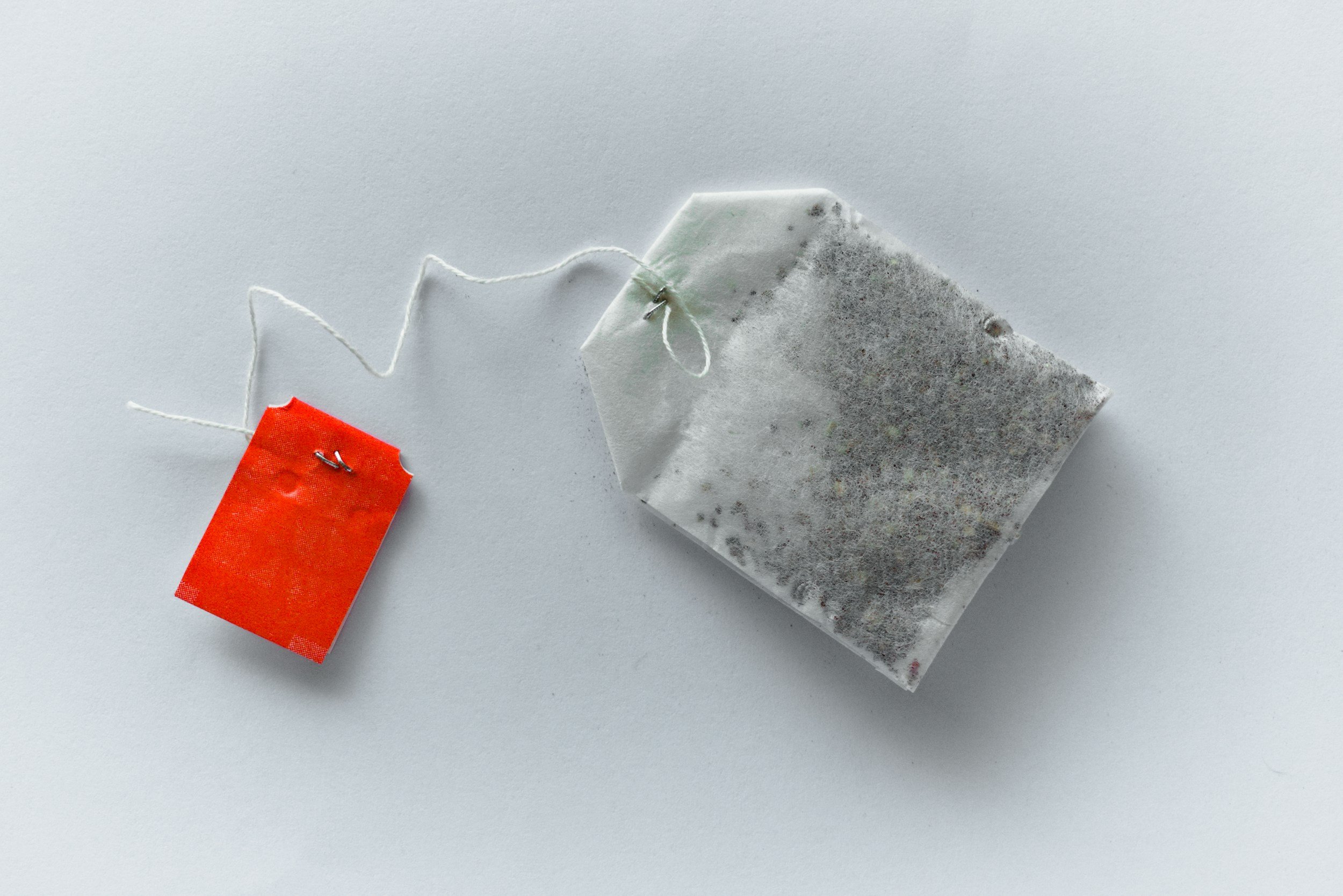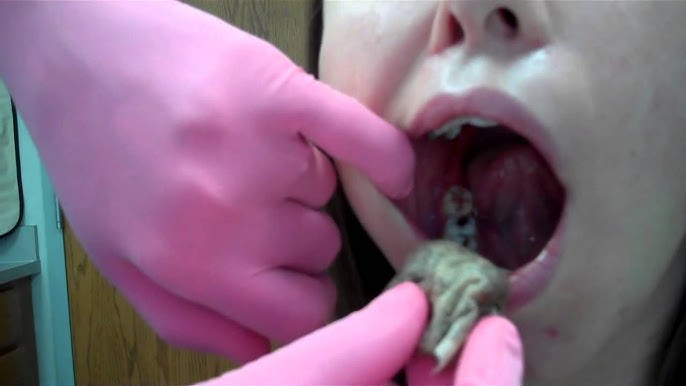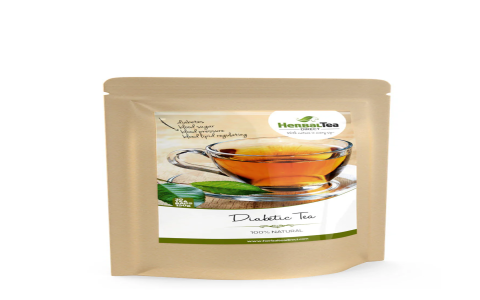Does a Tea Bag Stop Bleeding?
When faced with a minor cut or scrape, many people instinctively reach for a tea bag, believing it can help stop the bleeding. This common practice raises an interesting question: can a tea bag actually be effective in this situation? To explore this, we need to delve into the properties of tea, the science behind bleeding, and the potential benefits of using a tea bag as a makeshift remedy.

Understanding Bleeding and Its Management
Bleeding occurs when blood vessels are damaged, allowing blood to escape from the circulatory system. This can happen due to various reasons, including cuts, scrapes, or more serious injuries. The body has a natural response to bleeding, which includes clotting mechanisms that work to seal the wound. However, in cases of minor injuries, external aids can help expedite this process.
The Role of Tea in Wound Care
Tea, particularly black tea, contains tannins, which are a type of polyphenol. Tannins have astringent properties, meaning they can cause tissues to contract and potentially help in reducing bleeding. When applied to a wound, the tannins in tea may promote clotting by constricting blood vessels and encouraging the formation of a protective barrier over the injury.
How to Use a Tea Bag for Minor Cuts
If you decide to use a tea bag for a minor cut, it’s essential to follow a few simple steps. First, ensure that the wound is clean. Rinse it gently with water to remove any dirt or debris. After cleaning, take a used tea bag (preferably black tea) and allow it to cool if it’s still warm. Place the tea bag directly on the wound and apply gentle pressure for several minutes. The warmth and moisture from the tea bag can help soothe the area while the tannins work to promote clotting.
Scientific Evidence and Anecdotal Support
While there is limited scientific research specifically addressing the effectiveness of tea bags in stopping bleeding, anecdotal evidence suggests that many people have found success with this method. The historical use of tea in various cultures for medicinal purposes adds to its credibility. For instance, in traditional Chinese medicine, tea has been used for its healing properties for centuries.

Potential Risks and Considerations
Despite the potential benefits, it’s crucial to recognize that using a tea bag is not a substitute for professional medical treatment, especially for more severe injuries. If a wound does not stop bleeding after a few minutes of applying pressure, or if it appears deep or infected, seeking medical attention is vital. Additionally, individuals with allergies to certain types of tea should avoid this method to prevent adverse reactions.
while a tea bag may not be a conventional first-aid tool, its astringent properties can provide a natural remedy for minor bleeding. The combination of tannins and the soothing warmth of the tea can aid in the body’s natural healing process. However, it’s essential to approach this method with caution and to prioritize professional medical care when necessary. By understanding the potential benefits and limitations of using a tea bag for bleeding, individuals can make informed decisions about their first-aid practices.



